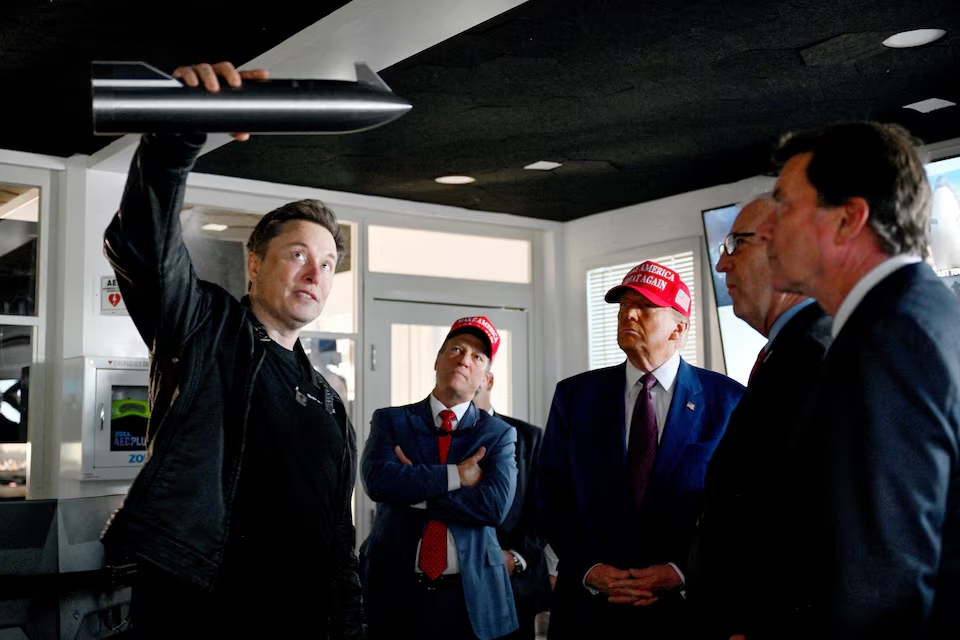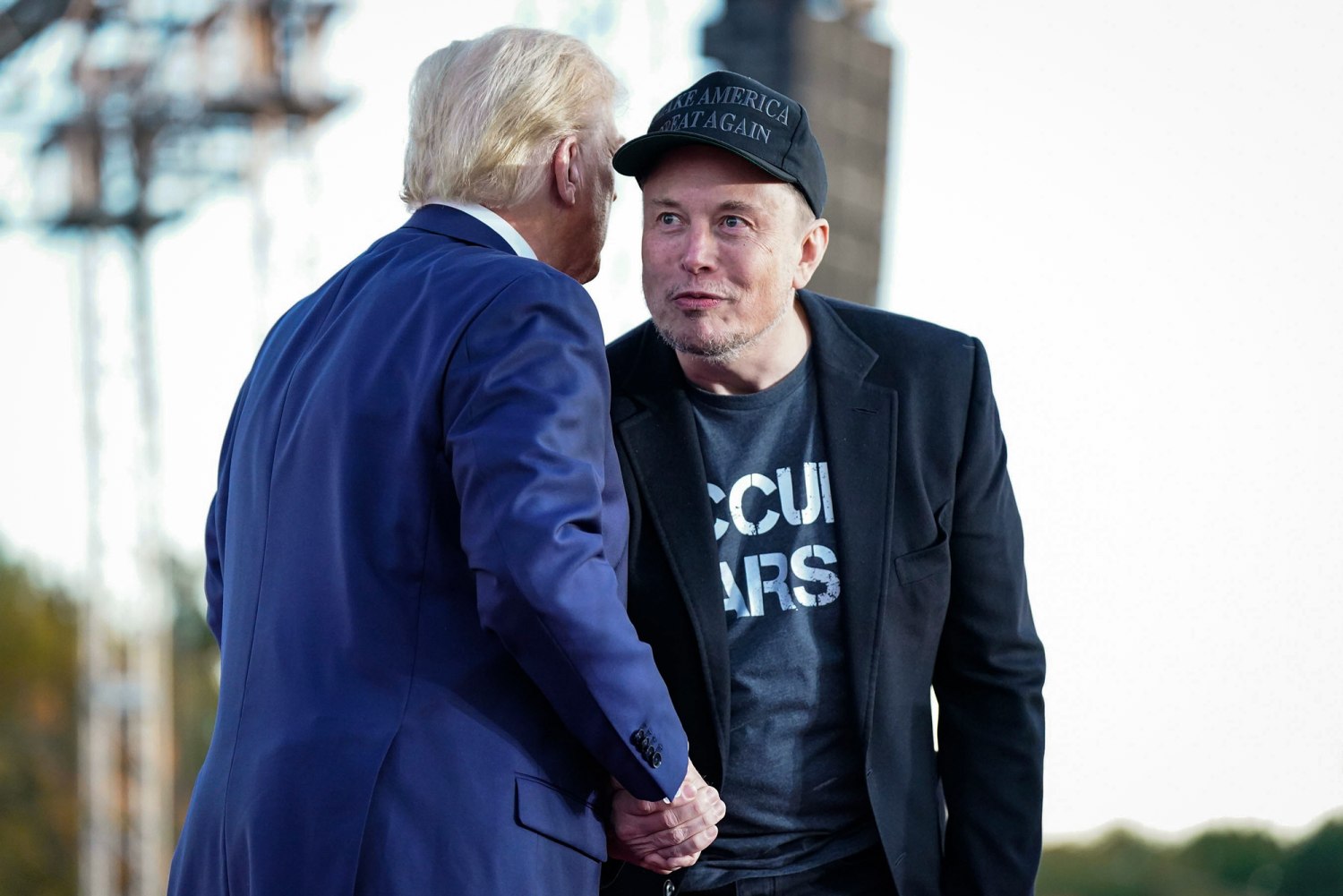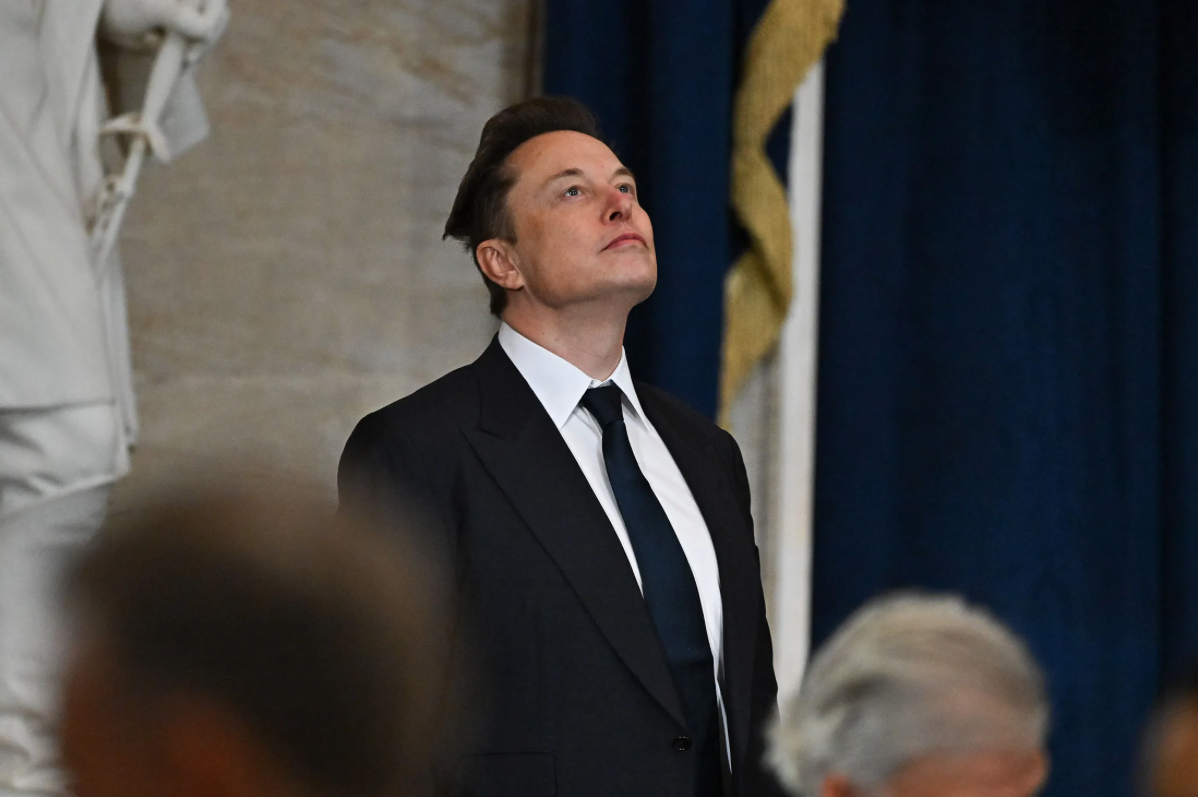
In a quiet but high-stakes development that could redefine the future of global defense, Elon Musk and his company SpaceX have emerged as key players in the race to build what some are calling the most ambitious missile defense system in modern American history.
Known unofficially as the Golden Dome, the project is reportedly part of a strategic initiative originally championed by former President Donald Trump and has now evolved into a sweeping partnership between top-tier defense technology firms, satellite infrastructure providers, and artificial intelligence pioneers. At the center of it all is Musk, whose involvement signals a new era where private tech giants become integral components of national security.
According to reports sourced from Reuters and industry insiders, SpaceX is working in close collaboration with Palantir Technologies and Anduril Industries to develop core elements of the Golden Dome’s advanced missile-tracking and response network.
Together, these three companies represent a formidable alliance that blends orbital deployment capabilities, data analytics, and drone warfare technologies into a singular force designed to revolutionize missile defense.

If successful, the system would launch between 400 to over 1000 low-Earth orbit satellites to detect and intercept enemy missile launches in real time. It would be one of the largest and most sophisticated space-based defense systems ever conceived.
Elon Musk’s involvement with the project reflects his growing influence in the defense and intelligence sectors, areas once dominated exclusively by government contractors and military-industrial giants. SpaceX, originally founded to colonize Mars and reduce the cost of space access, has increasingly aligned its satellite infrastructure with national security priorities.
The company’s Starlink satellite constellation has already been used to support secure communications in conflict zones, and now its launch capacity is being viewed as essential to building the orbital backbone of a future defense architecture that would shield the United States and its allies from incoming missile threats.
The concept of a missile shield built on a web of satellites is not entirely new, but the scale, speed, and technological integration of the Golden Dome project marks a fundamental shift in how such systems are imagined. Traditionally, missile defense has relied on ground-based radar systems and interceptor platforms, often constrained by geography and response lag.
The Golden Dome, by contrast, would deploy an omnipresent network of eyes in the sky, capable of tracking missile launches within seconds of ignition, calculating their trajectory in real time, and coordinating intercepts using AI-assisted targeting protocols.

With companies like Palantir feeding the system with big data processing and predictive analytics, and Anduril contributing autonomous drone defense layers, the project becomes less of a shield and more of an intelligent nervous system—one that is always on, always learning, and always watching.
SpaceX’s role in the project goes far beyond that of a launch provider. Insiders suggest that the company is actively engaged in designing a new class of defense-specific satellites, optimized for high-resolution thermal tracking, communications relay, and rapid deployment in military emergencies.
These satellites, if deployed, would provide real-time surveillance over potential missile launch zones across the globe, offering early warning capabilities previously limited to the most advanced military surveillance networks.
For the Pentagon, the integration of such a system would mark a generational leap in defensive readiness. For Musk, it would represent the most tangible realization yet of his belief that space infrastructure is the future of both technological progress and national survival.

The choice of partners in this endeavor also speaks volumes. Palantir, the controversial data analytics firm known for its deep ties to intelligence agencies, brings expertise in fusing disparate data streams and delivering actionable insights at military speed.
Their software could enable the Golden Dome to interpret incoming sensor data, identify false positives, and prioritize real threats within milliseconds. Meanwhile, Anduril Industries, founded by tech entrepreneur Palmer Luckey, specializes in autonomous weapons and battlefield AI systems.
Their involvement ensures that the shield won’t merely observe threats but could respond with kinetic and non-kinetic countermeasures, including high-altitude drones and directed energy weapons still in experimental stages.
The convergence of these technologies into a cohesive missile defense system represents a new phase in the militarization of space, one in which private tech firms lead where defense departments once ruled alone. Musk’s entry into this space is not unexpected.
For years, he has warned of the existential risks posed by rogue states, AI warfare, and orbital vulnerabilities. Now, instead of just raising alarms, he is helping to build the solutions. The Golden Dome project, still largely secretive and lacking formal public confirmation, is understood to be under active development, with multiple demonstration satellites potentially launching in the coming year under military contracts.

While the scope of the project is vast, the strategic intent is clear. The United States is looking to preempt the missile threat landscape of the next two decades, which includes hypersonic weapons, multi-vector launches, and cyber-physical hybrid attacks. Traditional missile defense systems, many of which are still based on Cold War-era principles, are ill-equipped to respond to these emerging threats.
The Golden Dome represents a bet that space, automation, and AI will be the new trinity of national defense. In this vision, defense becomes proactive rather than reactive, integrated rather than siloed, and intelligent rather than mechanical.
For Elon Musk, the implications go even deeper. Building a satellite-powered missile shield is not only a national security mission—it is a technological moonshot that aligns with his broader philosophy of systems thinking.
Musk sees the world in terms of infrastructure, platforms, and system dependencies. A space-based defense shield, powered by Starlink-class satellites, would be the ultimate expression of that mindset. It is a system designed to operate across all domains—land, sea, air, space, and digital—and to operate faster than any human decision-maker ever could.
Yet the project is not without controversy. Civil liberties advocates have expressed concerns over the dual-use nature of such technologies, warning that a network designed for missile detection could also be used for mass surveillance or autonomous military strikes.

Others question the wisdom of entrusting private companies with responsibilities traditionally handled by the military. Musk’s own polarizing reputation—part visionary, part provocateur—adds another layer of complexity. His ability to bend public attention, disrupt institutions, and take massive risks makes him a uniquely potent figure in this new era of defense innovation.
Despite the secrecy surrounding the Golden Dome, what is emerging is a clear pattern: Elon Musk is not content with reshaping the Earth’s surface or reaching Mars. He is now constructing the invisible layers of global defense infrastructure that will define the 21st century.
And while the final form of this missile shield remains unknown, the architecture is already being laid, the satellites are preparing for orbit, and the future of warfare is inching closer to the stars.
As Musk continues to expand his empire across electric vehicles, neural networks, artificial intelligence, and interplanetary travel, the Golden Dome could become the most consequential project of them all.

It fuses his belief in technological superiority, his distrust of centralized control, and his obsession with existential risk into a single system built to shield civilization itself. Whether it succeeds or fails, it is yet another reminder that Musk does not think in companies, or even in industries. He thinks in civilizations. And he is building systems not just for today, but for the next phase of human survival.
-1745829188-q80.webp)


-1748939991-q80.webp)